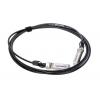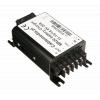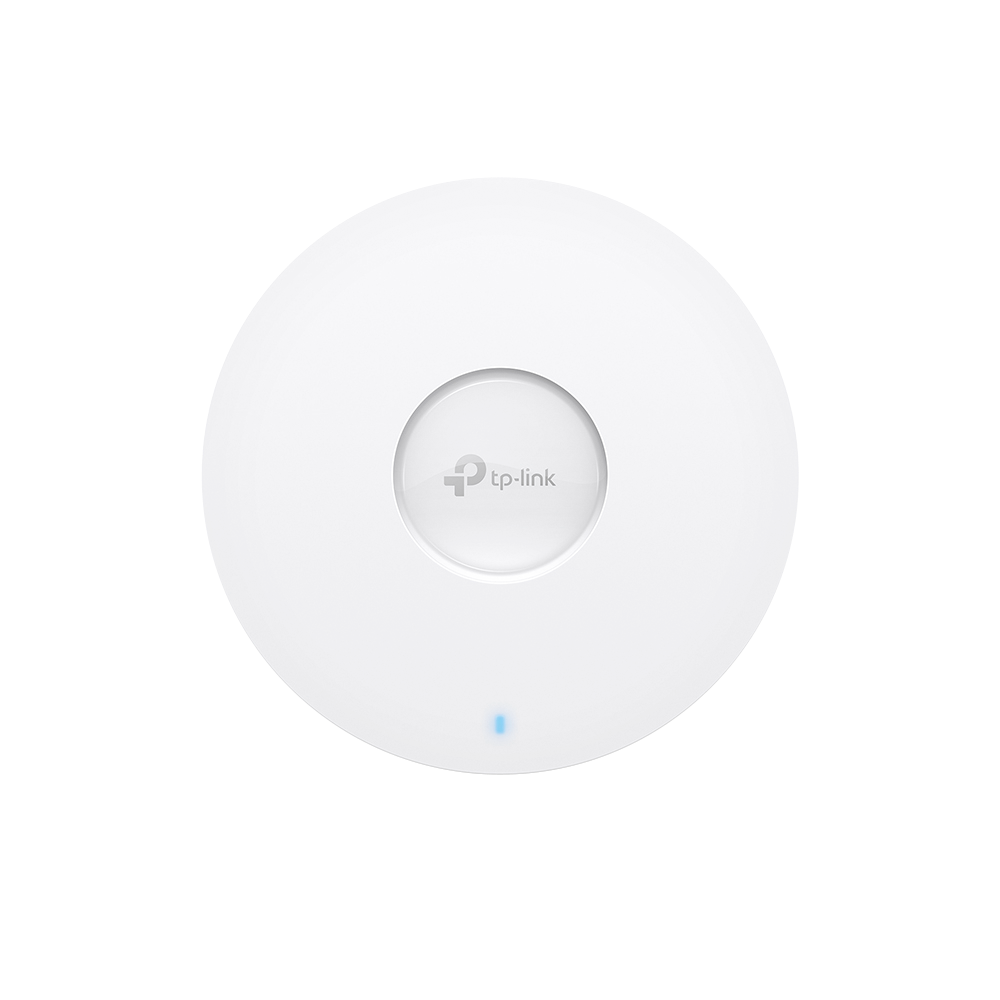-
€
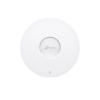
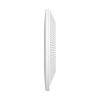
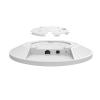
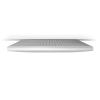
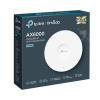
Il TP-Link EAP680 è un punto di accesso compatibile con Omada. Può trasmettere una rete wireless secondo lo standard Wi-Fi 6. Utilizza i protocolli IEEE 802.11 b/g/n/ax nella banda a 2,4 GHz e IEEE 802.11 a/n/ac/ax nella banda a 5 GHz. Il throughput massimo teorico è rispettivamente di 1148 Mbps a 2,4 GHz e 4804 Mbps a 5 GHz. Si tratta di un valore significativamente superiore a quello offerto dagli access point standard AX1800 e AX3000. L'EAP680 può essere gestito dal sistema Omada, che consente la gestione centralizzata di più dispositivi, tra cui AP, switch e router. Il prodotto in offerta dispone di 1 porta Ethernet 2,5G (2500 Mbps), che funge anche da ingresso di alimentazione PoE (80.3at). L'alimentazione può essere fornita anche tramite una normale presa DC (tensione di ingresso 12 V, corrente nominale 2 A). Utilizzando gli accessori in dotazione, il dispositivo può essere montato a parete o a soffitto.
Rete Wi-Fi 6 AX6000
Il punto di accesso è progettato per trasmettere una rete wireless secondo lo standard Wi-Fi 6. Utilizza i protocolli IEE 802.11 b/g/n/ax nella banda 2,4 GHz e IEEE 802.11 a/n/ac/ax nella banda 5 GHz. Utilizzando fino a 4 flussi di dati, offre un throughput molto più elevato rispetto alle soluzioni Wi-Fi 6 della concorrenza, con un throughput massimo teorico di 1148 Mbps a 2,4 GHz e 4804 Mbps a 5 GHz. L'elevata velocità consente agli utenti di avere un buon accesso alle risorse di rete. È particolarmente utile in caso di connessione simultanea di più client. Installando l'EAP680 in aree sensibili della rete (ad esempio una sala conferenze), sarà possibile fornire agli utenti un buon throughput anche in condizioni di carico elevato.
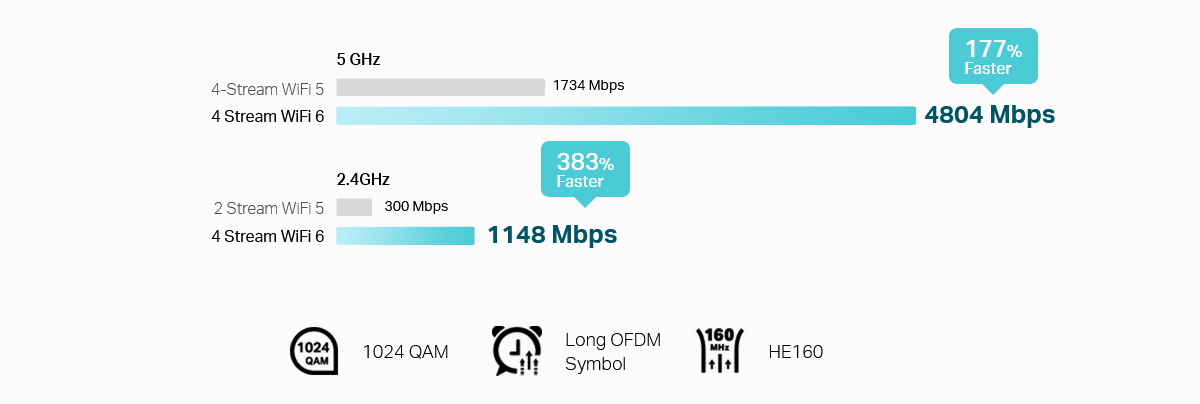
Prestazioni elevate con più utenti
L'EAP680 utilizza le tecnologie OFDMA e MU-MIMO, che migliorano significativamente la qualità della rete wireless con più utenti connessi contemporaneamente. La prima tecnologia (OFDMA) consente di trasmettere più flussi di dati e non blocca un determinato canale per un solo client. MU-MIMO consente a più utenti di trasmettere e ricevere dati contemporaneamente, eliminando così le code di dati. Al punto di accesso possono essere collegati fino a 512 client in qualsiasi momento. Di conseguenza, il dispositivo può essere utilizzato con successo in luoghi impegnativi come aule, sale conferenze o capannoni. Si rivelerà utile ovunque si preveda un'alta densità di utenti.

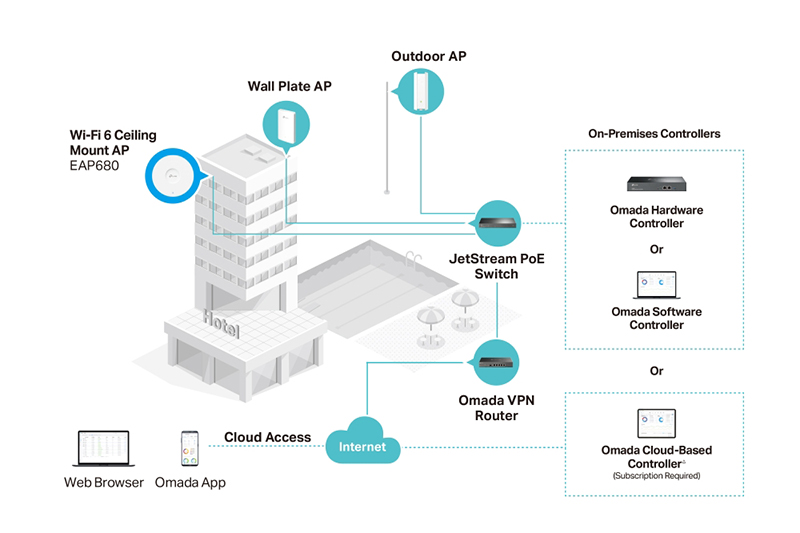
Piattaforma Omada
Il TP-Link EAP680 è compatibile con il sistema Omada. Questa piattaforma consente la gestione centralizzata di più dispositivi, tra cui access point, switch e router. Facilita la manutenzione di reti di grandi dimensioni e fa risparmiare tempo all'amministratore. Un hotspot creato con l'aiuto del sistema Omada consente la copertura Wi-Fi di aree molto ampie, permette di gestire l'accesso degli utenti, garantisce un funzionamento affidabile e una buona sicurezza. È possibile gestire il sistema utilizzando un controller hardware, un controller sotto forma di programma disponibile su un PC o un controller nel cloud.
Regolazione automatica della potenza e selezione dei canali
Il dispositivo seleziona automaticamente il miglior canale di trasmissione possibile. Seleziona quelli che non sono occupati da altre connessioni, evitando così le interferenze. Inoltre, regola automaticamente la potenza di trasmissione in modo che i vari punti di accesso non interferiscano tra loro.

Omada Mesh
Il prodotto in offerta supporta la tecnologia Mesh, ovvero può comunicare con altri access point in modalità wireless. Non è necessario eseguire il cablaggio Ethernet per ogni dispositivo, il che semplifica notevolmente l'installazione in molti luoghi.

Ottimizzazione della rete
Il sistema Omada ottimizza le connessioni tra gli access point della rete. Fornisce un collegamento di backhaul adeguato, in modo che il Wi-Fi trasmesso da un singolo dispositivo non sia di qualità insufficiente. Se un punto di accesso si guasta, il sistema trova un'altra connessione in modo che l'intera rete continui a funzionare.


Rete di ospiti
In totale, è possibile creare fino a 16 SSID (nomi di rete) diversi. La rete ospite dedicata è separata dalle risorse della rete principale, migliorando notevolmente la sicurezza.
Captive Portal
È possibile creare una propria pagina di benvenuto per autenticare gli utenti. È possibile utilizzare voucher o codici SMS, ad esempio, per effettuare il login. L'autenticazione 802.1x garantisce un'elevata sicurezza della connessione.


Crittografia WPA3
Oltre allo standard Wi-Fi 6, il punto di accesso supporta la moderna crittografia dei dati WPA3. La rete è protetta dagli attacchi esterni a un livello molto più elevato rispetto ai dispositivi Wi-Fi 5 e precedenti.
Controllo della larghezza di banda
Il sistema Omada decide autonomamente a quale banda deve essere collegato un utente. Se il client si trova al limite della portata o se la rete a 5 GHz è troppo occupata, viene collegato alla banda a 2,4 GHz. Altrimenti, utilizzerà la trasmissione a 5 GHz per ottenere il miglior throughput possibile.


Bilanciamento del carico
Omada consente di utilizzare il bilanciamento del carico (load balancing). In questa modalità, il sistema cercherà di bilanciare il carico sui singoli punti di accesso in modo che nessun punto di accesso sia significativamente più carico degli altri. Gli utenti verranno spostati su altri punti di accesso disponibili.
Airtime Fairness
Nelle reti prive di airtime fairness, i dispositivi wireless più vecchi con velocità inferiori bloccano l'accesso alla rete ai client che supportano standard più recenti. L'airtime fairness bilancia l'uso della rete da parte di dispositivi con protocolli diversi, in modo da aumentare il throughput di trasmissione complessivo.

Caratteristiche
| TP-Link EAP680 | |
| Caratteristiche hardware | |
|---|---|
| Porte | 1 porta 2.5G Ethernet |
| Pulsanti | Reset |
| Alimentazione |
PoE 802.at Presa DC: 12 V / 2 A (alimentatore incluso) |
| Consumo massimo di energia | 20,43 W |
| Dimensioni | 220 × 220 × 32,5 mm (8,7 × 8,7 × 1,3 pollici) |
| Tipo di antenne |
Antenne omnidirezionali integrate: 2,4 GHz: 4x 4 dBi 5 GHz: 4x 5 dBi |
| Montaggio | A soffitto o a parete, accessori inclusi |
| Caratteristiche di trasmissione wireless | |
| Numero massimo di client simultanei | 512 |
| Standard wireless |
2,4 GHz: IEEE 802.11 b/g/n/ax 5 GHz: IEEE 802.11 a/n/ac/ax |
| Larghezza di banda operativa | 2,4 e 5 GHz allo stesso tempo |
| Massimo throughput teorico |
2,4 GHz: 1148 Mb/s 5 GHz: 4804 Mb/s |
| Funzioni di trasmissione wireless | 1024-QAM 4 volte più lungo OFDM OFDMA Multi-SSID (fino a 16 SSID, 8 per ogni banda) Trasmissione wireless on/off Selezione automatica del canale Controllo della potenza di trasmissione QoS (WMM) MU-MIMO HE160 (larghezza di canale di 160 MHz) Roaming senza soluzione di continuità Omada Mesh Controllo della larghezza di banda Bilanciamento del carico di banda Airtime Fairness Beamforming Limitazione della velocità Pianificazione del riavvio Pianificazione rete wireless Statistiche della rete wireless basate su SSID/AP/client |
| Sicurezza della trasmissione wireless | Autenticazione tramite pagina di benvenuto Controllo degli accessi Filtraggio degli indirizzi MAC Isolamento dei client connessi alla rete wireless Mappatura da SSID a VLAN Rilevamento di AP non autorizzati Supporto 802.1X Crittografia WPA-Personal/Enterprise, WPA2-Personal/Enterprise, WPA3-Personal/Enterprise |
| Potenza di trasmissione |
2,4 GHz: < 20 dBm 5 GHz: < 23 dBm |
| Gestione | |
| Applicazione Omada | Sì |
| Gestione centrale | Controller hardware Omada (OC300) Controller hardware Omada (OC200) Controller software Omada Controller Omada basato su cloud |
| Accesso al cloud | Sì. Richiede l'uso di OC300, OC200, Omada Cloud-based Controller o Omada Software Controller. |
| Notifiche via e-mail | Sì |
| Spegnimento dei LED | Sì |
| Controllo dell'accesso tramite indirizzo MAC | Sì |
| SNMP | v1, v2c, v3 |
| Registro di sistema | Locale e remoto |
| SSH | Sì |
| Gestione basata su browser | HTTP / HTTPS |
| Gestione Layer 3 | Sì |
| Gestione mulit-site | Sì |
| Gestione VLAN | Sì |
| Auto provisioning ZTP | Sì, richiede l'uso del controller Omada basato su cloud. |
| Altre caratteristiche | |
| Composizione del set | EAP680 Alimentatore Kit di montaggio Istruzioni per l'installazione |
| Requisiti del sistema | Microsoft Windows XP, Vista, Windows 7, Windows 8, Windows10, Windows11, Linux |
| Temperatura di lavoro consentita | Da 0 a 40 C |
| Temperatura di stoccaggio consentita | Da -40 a 70 C |
| Umidità dell'aria ammessa | 10%-90% senza condensa |
| Umidità dell'aria ammessa durante lo stoccaggio | 5%-90% senza condensa |






 Polski
Polski English
English Italiano
Italiano Español
Español Čeština
Čeština Српски
Српски Deutsch
Deutsch Ελληνικά
Ελληνικά Slovenský
Slovenský

